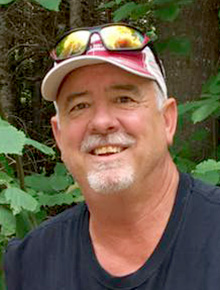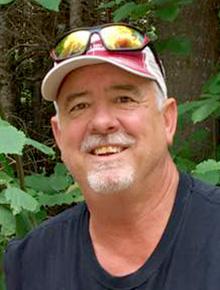
The first fall gunning season is only two weeks away.
The fall hunting season starts with the mourning dove opener on Sept. 1. The mourning dove is the most numerous game bird in North America, and states have been hunting them for decades.
When the season started in Minnesota more than a decade ago, it was a pretty big controversy. A segment of the population thought they should be left alone, as they did not hurt anything and sounded really cool. The other segment described them as a renewable resource that could be hunted with no measurable impact on their populations. Both feel like they are right, and this debate will most likely never end. After more than 10 years, the volume on this debate has toned down significantly.
A mourning dove has a life expectancy of about 11 months. Most of the doves that hunters shoot would likely be dead by the same time next year due to natural causes. It is this fact that should convince the majority of anti-dove hunters in the crowd.
I really enjoy hunting doves, but I live in a part of the state where dove hunting is really hot and cold. The season runs several months but could last twice as long and the number of doves harvested would not increase. Doves are a wimpy bird. There are doves around on the opener, but after one or two solid frosts, all of these critters will be gone from Minnesota on the way to warmer pastures.
It is not only cold temperatures that send them packing. A few years back the dove opener was really successful. I missed opening day, and on day two the wind blew 45-50 mph. On day three when the wind went down, there was not a single dove left in the county. I missed one day and ended up missing the entire season.
Dove hunting spots are not hard to identify, but they are really hard to find in my world. Wheat fields are their favorite haunts. They can be found there in good numbers during early morning and evening hours. The problem is that there are almost no small grain fields in the area where I live. The ones that do exist would have 100 hunters each if the landowner said yes to every person who asked permission. Other small grains like oats and barley don’t seem to do the trick nearly as well.
Small grains are used in a crop rotation for soil health reasons in many cases. They are also places to spread manure before the fall corn and bean harvest gets in full swing. Once the manure is spread over the spot, the doves don’t like it nearly as well. Most wheat fields will have this effort completed within one week of the actual harvest. So if you find a good spot, it is likely that in only a few days it won’t be nearly as good a spot.
One other pretty good option for finding doves is to look for new seedings of CRP or new grass stands on new public hunting lands. These weedy areas will attract doves, but the vegetation growth is normally so tall that finding downed birds is a much greater challenge. I like walking these areas and flushing the birds from the cover much like a pheasant.
Dove hunting is great for kids because there is normally quite a bit of shooting if you can find a good spot and the temperatures are warmer so the kids won’t freeze to death or make comments about going home after only 15 minutes into the hunt. They also don’t have to be so super quiet, and a little fidgeting on the bucket is still allowed.
I still use my hunting Labradors to mark the downed birds and make the retrieves, but it takes the right dog. Doves are small and some dogs can chew up the bird before they can run it back to you. The limit is 15 per day, but few hunters fill their daily limit very often. My dad (back in the day when it was legal) would ride on the front fender of the old Chevy station wagon and then hop off and shoot them when they flew off the power lines. He was the only guy I knew that could harvest 15 doves with a box of 25 shells. The average hunter expends six to seven rounds for each dove harvested, so the ammo companies love dove hunters.
You do need a license to hunt doves, but not the migratory bird stamps like duck hunters need. The season is short and the spots a little hard to find, but after sitting on the sidelines for 9 1/2 months it will great to smell the aroma of gunpowder again.
You have two weeks to scout a spot and find a youth to take along. Folks that don’t hunt miss the very best times of the day, those being sunrise and sunset. Don’t miss out. Recreate outside this fall and start with a little dove hunting.
If you hunt in southwest Minnesota, look for the guy driving the pheasant truck. I would love to share your story with others even more than my own.
Scott Rall, Worthington, is a habitat conservationist, avid hunting and fishing enthusiast and is president of Nobles County Pheasants Forever. He can be reached at scottarall@gmail.com or on Twitter @habitat champion.



